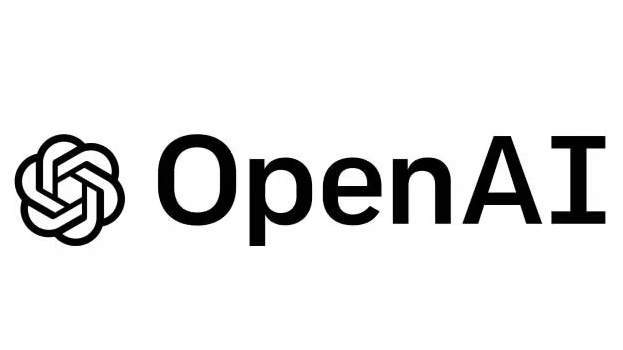Samsung Electronics has commenced the much-anticipated rollout of the stable version of One UI 7, its latest custom Android interface, beginning with its flagship Galaxy S24 series. This marks a significant milestone following a period of beta testing, bringing a host of new features, performance improvements, and user interface refinements to owners of Samsung’s premier smartphones. The update, based on the latest version of Google’s Android operating system (likely Android 15), represents Samsung’s continued effort to enhance the user experience across its vast ecosystem of devices, with plans for subsequent deployment to other compatible Galaxy phones and tablets in the coming weeks and months.
The One UI 7 update is more than just an incremental upgrade; it introduces several key enhancements designed to improve usability, integrate AI capabilities more deeply, and offer greater personalization. While specific features can vary slightly by region and device model, core improvements often center around refining the visual design for better clarity and aesthetics, optimizing system performance for smoother multitasking and faster app launches, and bolstering privacy and security measures. Samsung has increasingly focused on incorporating artificial intelligence directly into the user experience through its ‘Galaxy AI’ suite, and One UI 7 is expected to build upon this foundation, potentially introducing new AI-driven features for communication, productivity, and creativity, or refining existing ones based on user feedback from the S24 launch.
Key areas expected to see enhancements in One UI 7 include the notification system, multitasking capabilities (like split-screen and pop-up views), the camera interface and processing algorithms, and deeper integration with Samsung’s ecosystem services such as Samsung Health, SmartThings, and Samsung Wallet. Customization options, a traditional strength of One UI, may also be expanded, offering users more control over themes, lock screen widgets, and Always On Display configurations. Under the hood, optimizations aim to improve battery life and thermal management, ensuring that the new features do not compromise the device’s overall efficiency. Security is also paramount, with One UI 7 incorporating the latest Android security patches and likely introducing further enhancements to Samsung’s Knox security platform to protect user data.
The rollout process for major Android updates like One UI 7 is typically phased. Initially launching for the Galaxy S24, S24+, and S24 Ultra in select regions, the update will gradually become available in more countries and for a wider range of devices over time. This staged approach allows Samsung to monitor for any unforeseen issues and ensure server stability. Eligible users will usually receive an over-the-air (OTA) notification prompting them to download and install the update. Alternatively, users can manually check for the update by navigating to the Software Update section within their device’s Settings menu. The size of the update package is typically substantial, so downloading over a Wi-Fi connection is recommended.
One UI 7 serves as Samsung’s distinct software identity layered on top of the core Android OS. It’s designed to provide a consistent and optimized experience tailored to Samsung’s hardware and ecosystem. By continuously refining One UI, Samsung aims to differentiate its devices from competitors and foster user loyalty. The update strategy, often delivering major OS upgrades relatively quickly to flagship models, is a crucial aspect of Samsung’s value proposition, particularly in the premium smartphone segment where software support and timely feature additions are highly valued by consumers.
Compared to competitors like Apple’s iOS or Google’s Pixel UI, One UI offers a different approach, often characterized by a richer feature set and more extensive customization options, albeit sometimes perceived as more complex. With One UI 7, Samsung continues to balance feature innovation, particularly in AI, with the need for a polished, stable, and intuitive user experience. The successful deployment of this update is vital for maintaining customer satisfaction and reinforcing Samsung’s position as the leading Android smartphone manufacturer globally. It sets the software standard for the company’s mobile portfolio for the year ahead.
Source: GSMArena

